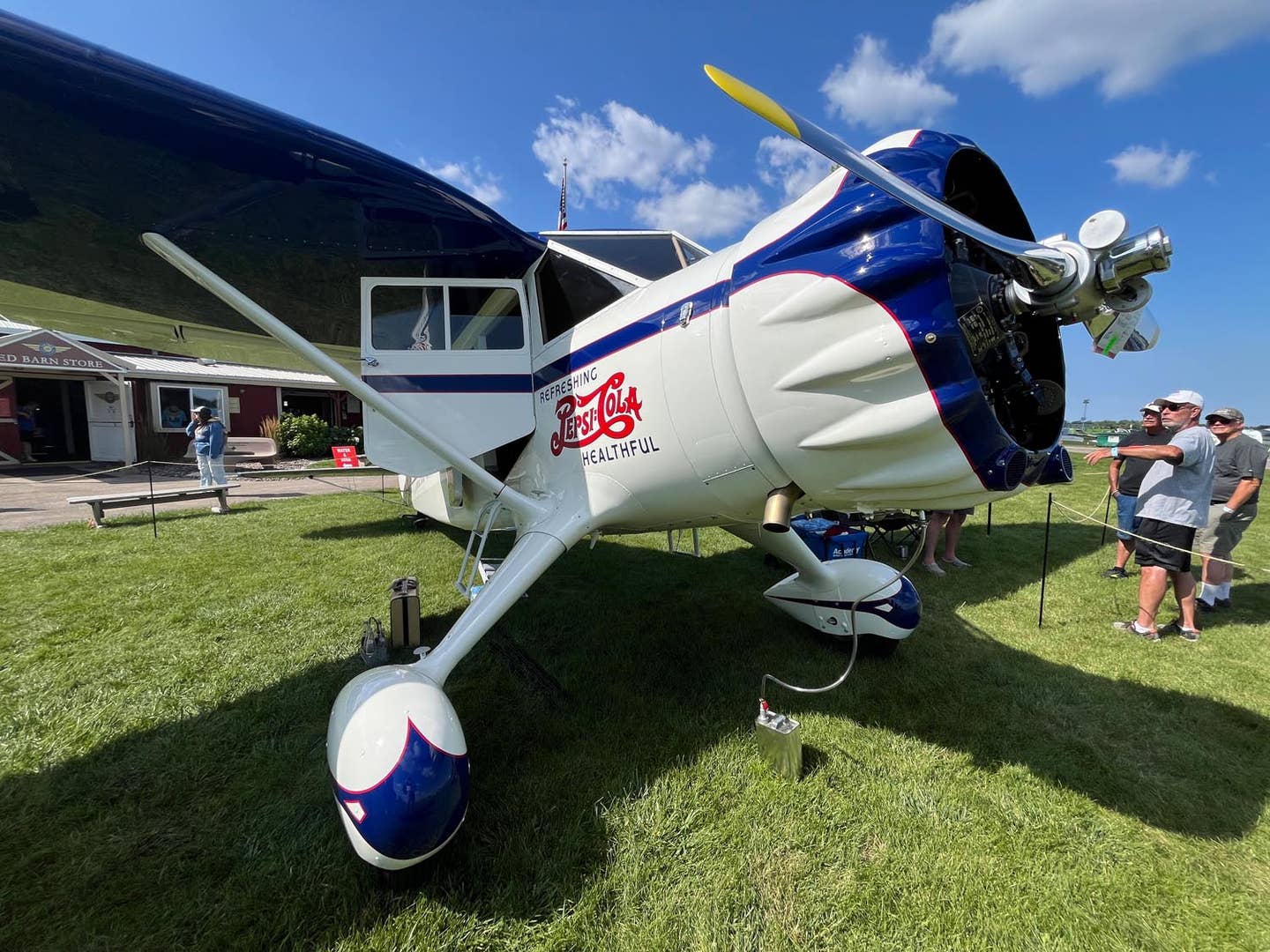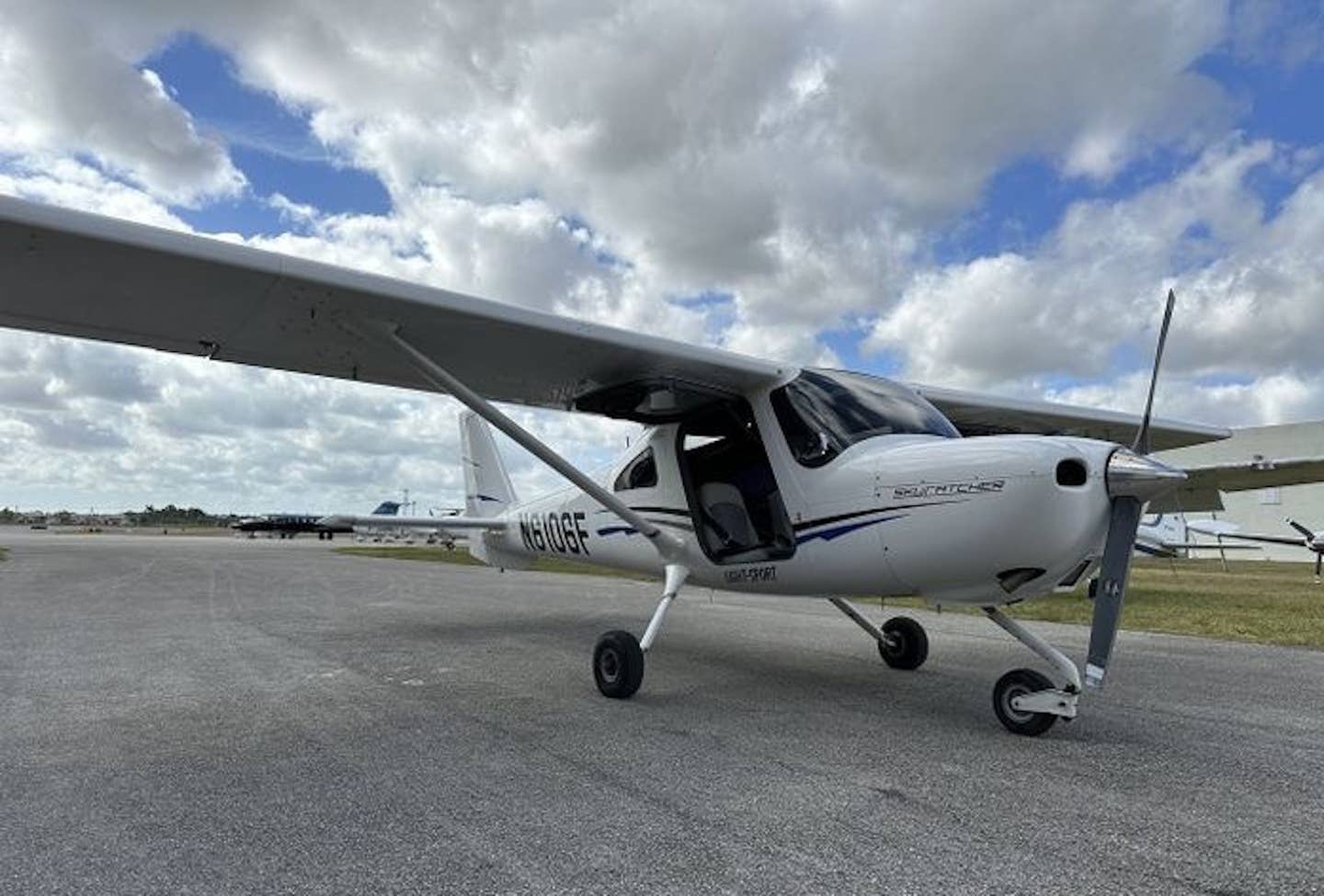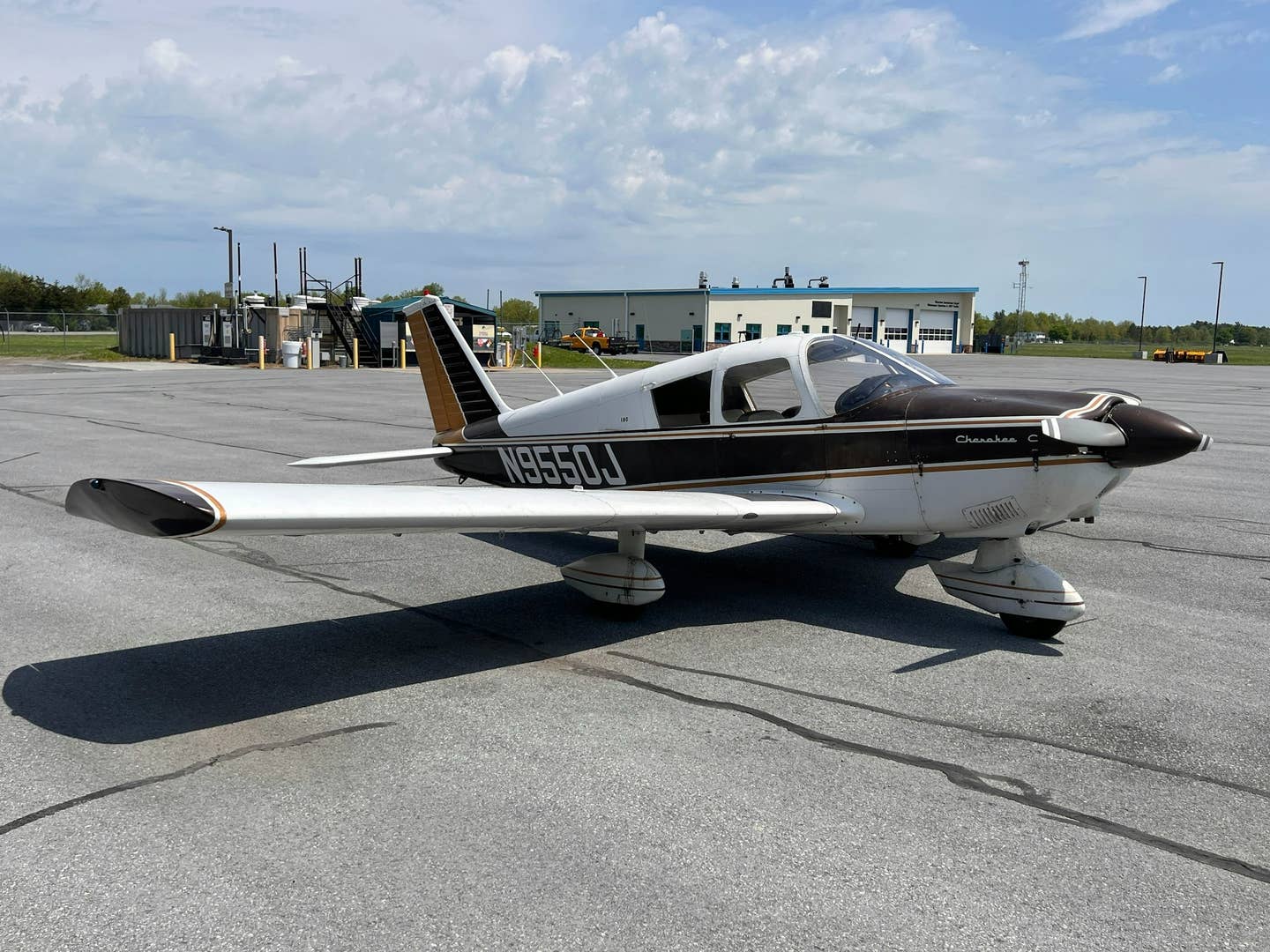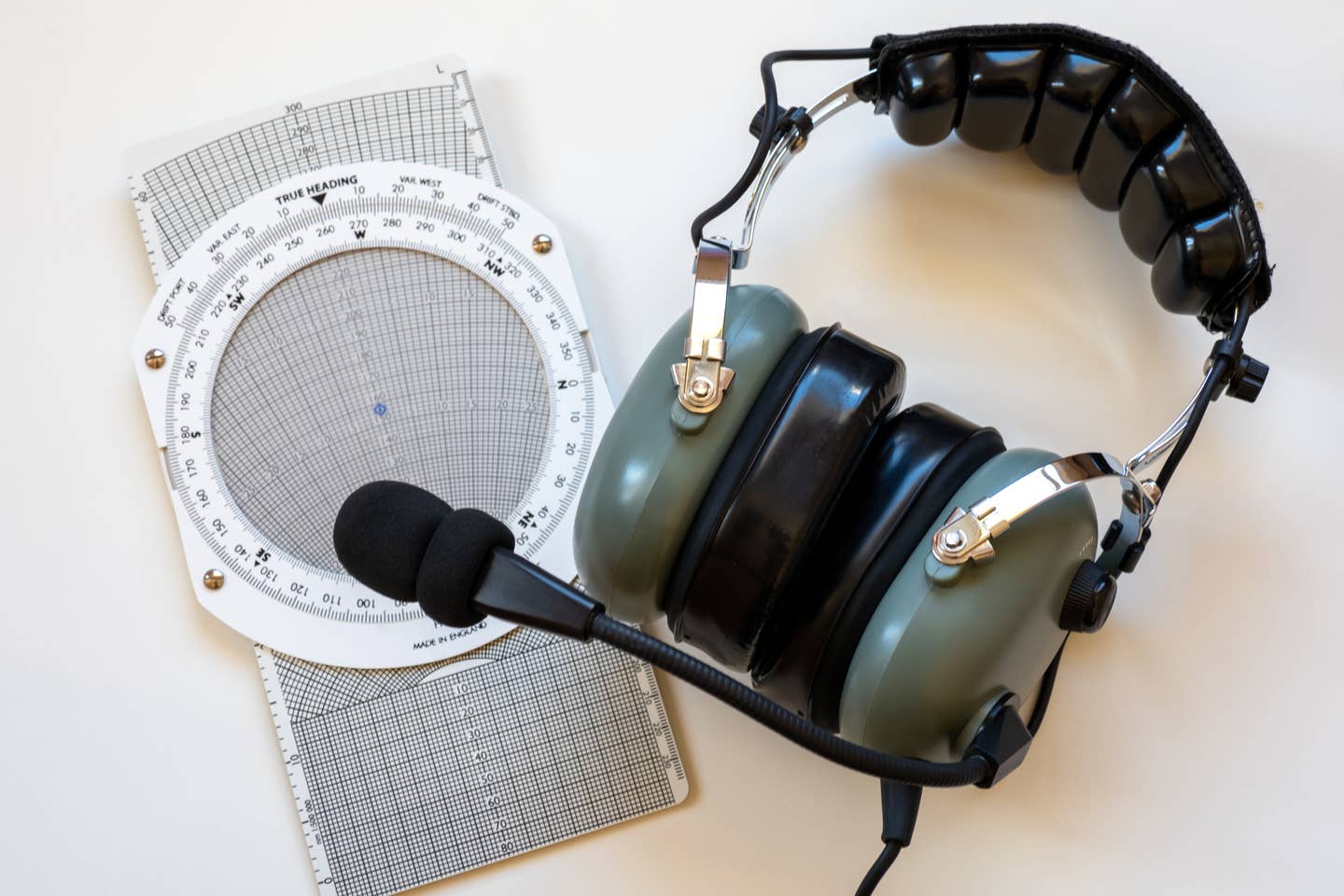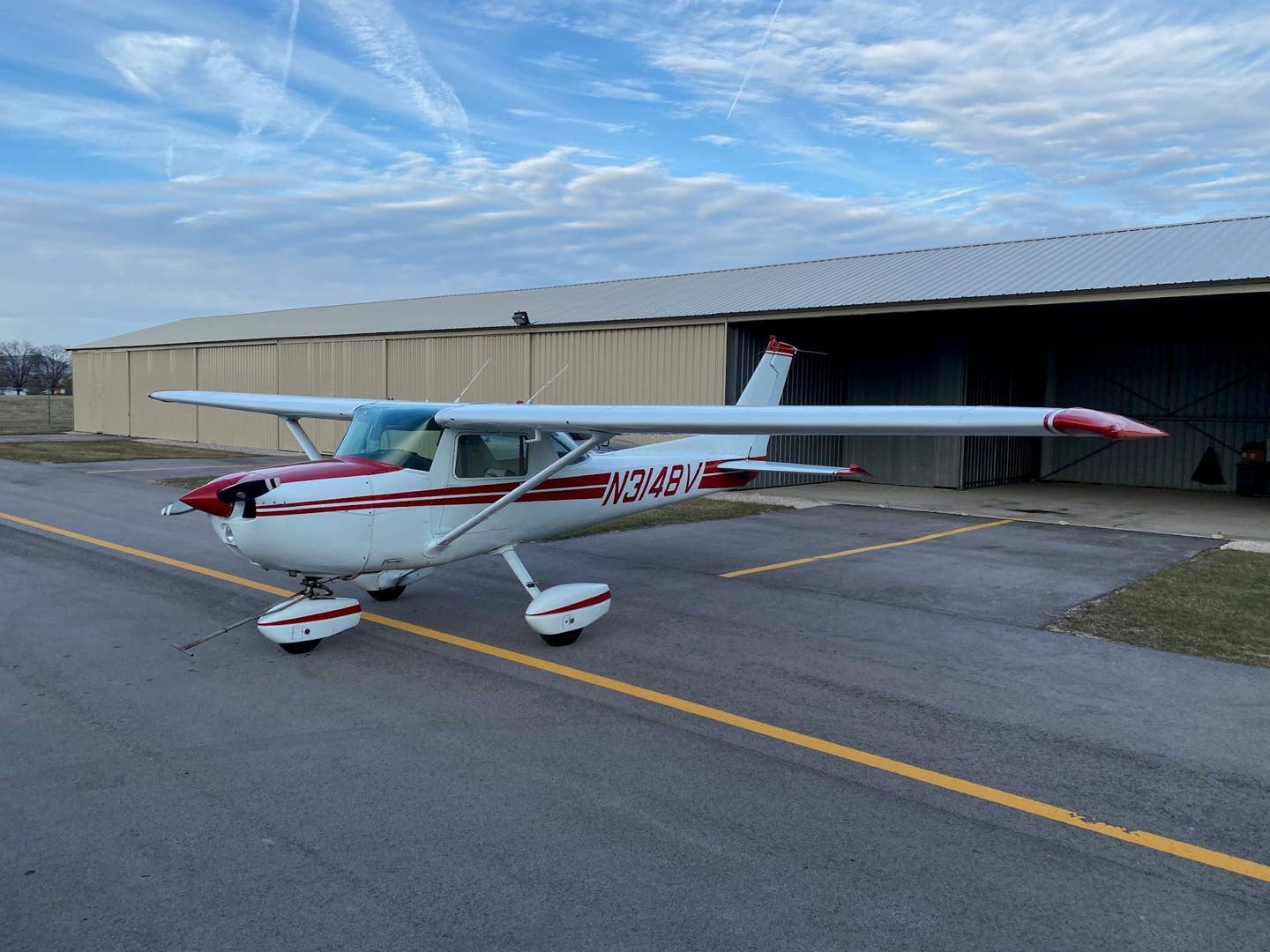Three Strikes for ‘Captain Sparky’
It was one of those really challenging weather days in the Southeast. We were flying in and out of Atlanta, and a massive weather system had the region covered with…
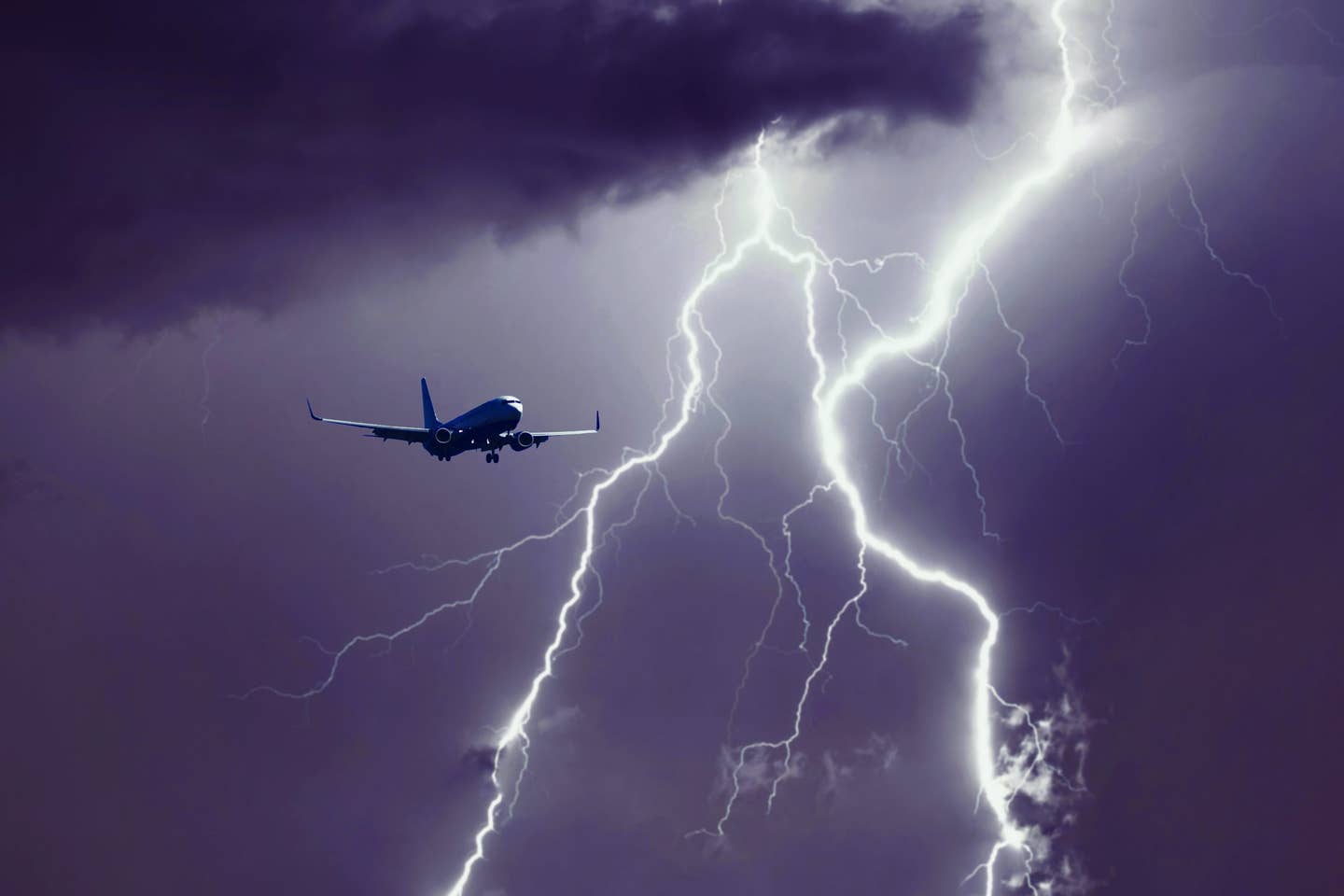
An airliner dealing with lightning provided an unforgettable,
jolting experience.
[Adobe Stock image]
It was one of those really challenging weather days in the Southeast. We were flying in and out of Atlanta, and a massive weather system had the region covered with embedded cumulonimbus. This Saturday morning in April saw me paired with a fairly young check airman as captain, and we were enjoying a pretty great trip in spite of the weather. It was supposed to end with a quick round trip to Newport News, Virginia, and we’d be back home to sleep in our own beds that night—an airline pilot’s favorite layover.
We joked that the Bombardier CRJ-200’s weather radar was solar-powered. When the sun went down or you were in the clouds, it became useless at times, but we were flying the mighty CRJ-700 that day, and there is a definite possibility that we were experiencing more than a little misplaced faith in the equipment as we took off from Atlanta. We took a vector for weather and proceeded to not make it over any waypoints until we joined the localizer to land.
In cruise, we were deviating left and right around buildups we could see in the occasional breaks where we were on top of the clouds. And when we were in the soup, we tried to keep a safe distance from the buildups the radar painted, but as the flight progressed, the screen faded from distinct buildups to a general screen of mostly green, and guessing where the strong cells were was a hunch more often than not.
The captain and I were debating the combination of hunches and weak radar returns, combined with Washington Center’s advice. There were more than a few moments where static overpowered our radios, and Saint Elmo’s fire danced on the windshield wipers. “We’re about ripe for a lightning strike,” I muttered, unaware I still had the microphone keyed up for the intercom.
The captain immediately replied, “Oh, well, I’ve never been struck by lightning before!”
He and I slumped a little and exchanged a glance—tempting the fates with a hook like that cannot end well. Within five minutes, he went from “never been struck” to “Holy moly, that one shook the plane” by way of “Well, that one wasn’t so bad.” Three lightning strikes in five minutes remains my all-time record, and I’ll happily stay out of the contest to push that bar any further along.
In spite of my junior status—and a corresponding lack of hours in the right seat of the jet—it wasn’t my first lightning strike. What I remember is not the first strike itself, but telling the captain that it wasn’t my first. And depending on your experience or that of your instructor, you might expect a tale to follow of how we proceeded to finish the flight with a partial electrical failure, an engine fire, a remagnetized compass, or any number of other doomsday scenarios.
What actually happened was our eyes widened to the diameter of saucers, and we exchanged gallows humor and made a concentrated effort to see if anything was affected by our foray into Mother Nature’s light show. From the cockpit, we couldn’t find evidence that lightning had harmed a thing, but by the time we finished taking stock, the flight attendants had called up front to see what had just happened and if we were in an emergency. Once everyone had caught their breath, we began our descent for an uneventful landing at Newport News/Williamsburg International Airport (KPHF), also known as Patrick Henry Field.
On the exterior inspection after parking, it became evident we had indeed suffered a trio of hits and had the marks to prove it. On the nose, a pair of small burns seemed to show where the energy had entered our airframe; the exit wounds were burn marks about the size of a nickel on the flaps, and a small chunk of composite material had departed the trailing edge of one winglet. Again, we’d noticed zero faults in the airplane after the events, but we were pilots, and it’s a mechanic’s job to sort that out. By the time the company rounded up a mechanic to inspect the airplane, we had exceeded the duty limit for the day and were illegal for the return leg to Atlanta. We had to inform the passengers there were no pilots legally available to fly them to Atlanta, and we’d try again in the morning.
The National Weather Service keeps tabs on these things, and it has published that, on average, each airliner gets struck by lightning once or twice a year. As I preflight these birds with two decades or more in service, I believe it. Random patches often stick out in places that don’t make sense for normal damage, such as being hit by a catering truck or baggage loader.
In addition, a lightning strike can magnetize parts of an aircraft, creating havoc with the avionics. Degaussing an airplane—removing the magnetic field—can be labor intensive. But the idea of a lightning strike outright destroying most airplanes is rather dramatic. Most airplanes, being metal, feature bonding straps across hinges and attachment points to establish electrical continuity, so discharge can be routed out through static wicks or designated exit points in the airframe. Composite materials often feature a conductive layer to establish that same continuity. The Glasair III LP homebuilt featured that component to give peace of mind to builders and pilots who wanted all-weather versatility.
A phenomenon many pilots don’t experience until they’re in jets is Saint Elmo’s fire, where the static electricity generated moving through a cloud dances along parts of the airframe—most often the flight deck windscreens—in a dazzling display that looks like a mad scientist’s Tesla coil. It can be a precursor to a lightning strike. The constant static to sustain this display does often generate static in the radios. If I’m getting that sort of static, I’ll often ask the center controller for the next frequency in case we’re out of range when it subsides.
Another variation of Saint Elmo’s fire is ball lightning, a phenomenon that sounds like the stuff of ghost stories—a ball of energy forms outside, passes through the windshield, and drifts slowly through the cabin. In a November 2021 piece in the Journal of Atmospheric and Solar-Terrestrial Physics titled “An Initiation of Ball Lightning in an Aircraft,” Wilfried Heil and Don Smith detail a 1960s event when an orb entered the flight deck and followed the path a person would take walking to the cargo deck. The article is easily found online—free to access.
The abstract, introduction, and observation are an easy read. As you continue, it dives into the nuts and bolts of how airplanes are designed to withstand these events while also demystifying an event that otherwise many might discount as supernatural or imagined. I still haven’t experienced ball lightning, and if it stays that way, it’s absolutely fine by me.
For the remaining years at that airline, I addressed that check airman as “Sparky” when we crossed paths. We’ve both put a few airlines behind us now, but our shared flight remains fresh in my mind. With a jolting experience like ours, I’m pretty sure he can recall it, as well.
Editor's note: This story originally appeared in the August 2023 issue of Plane & Pilot magazine.

Subscribe to Our Newsletter
Get the latest Plane & Pilot Magazine stories delivered directly to your inbox


